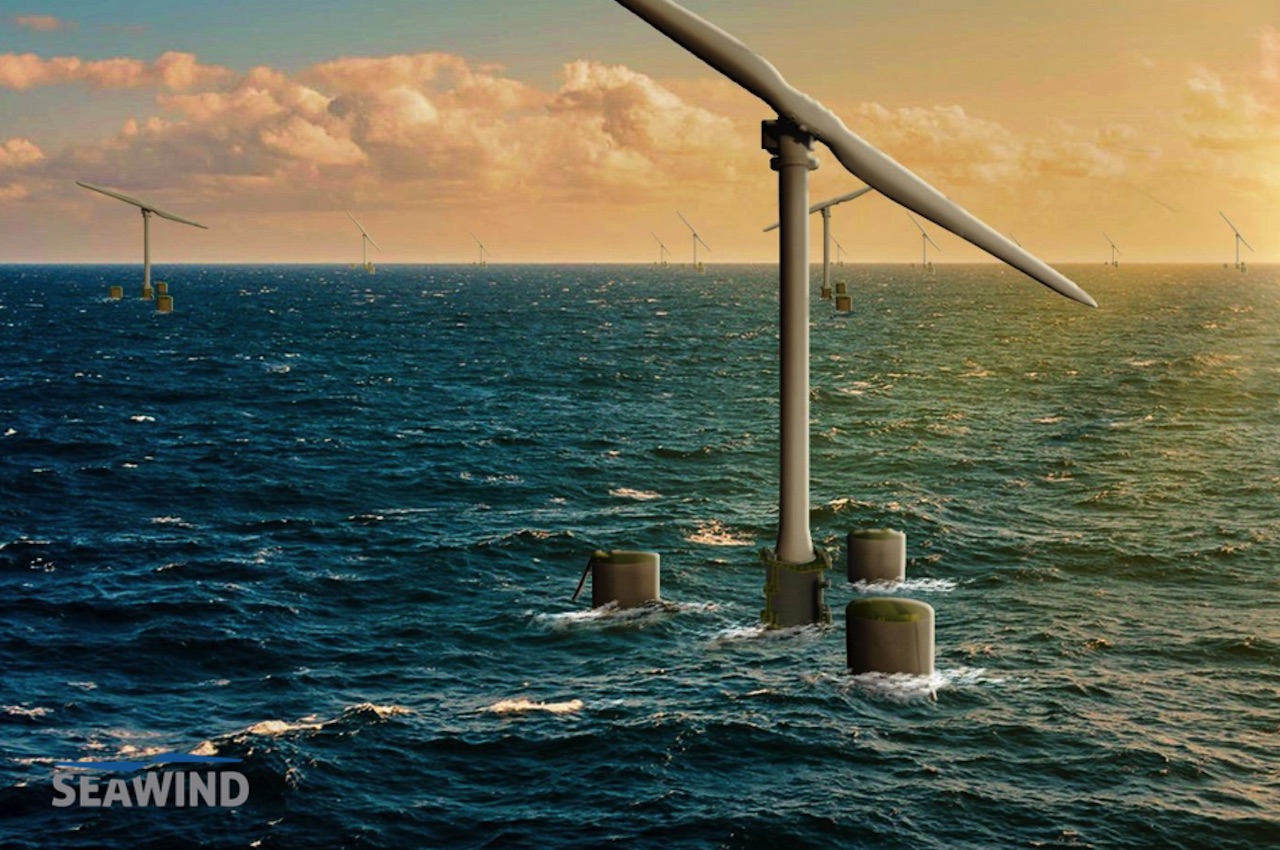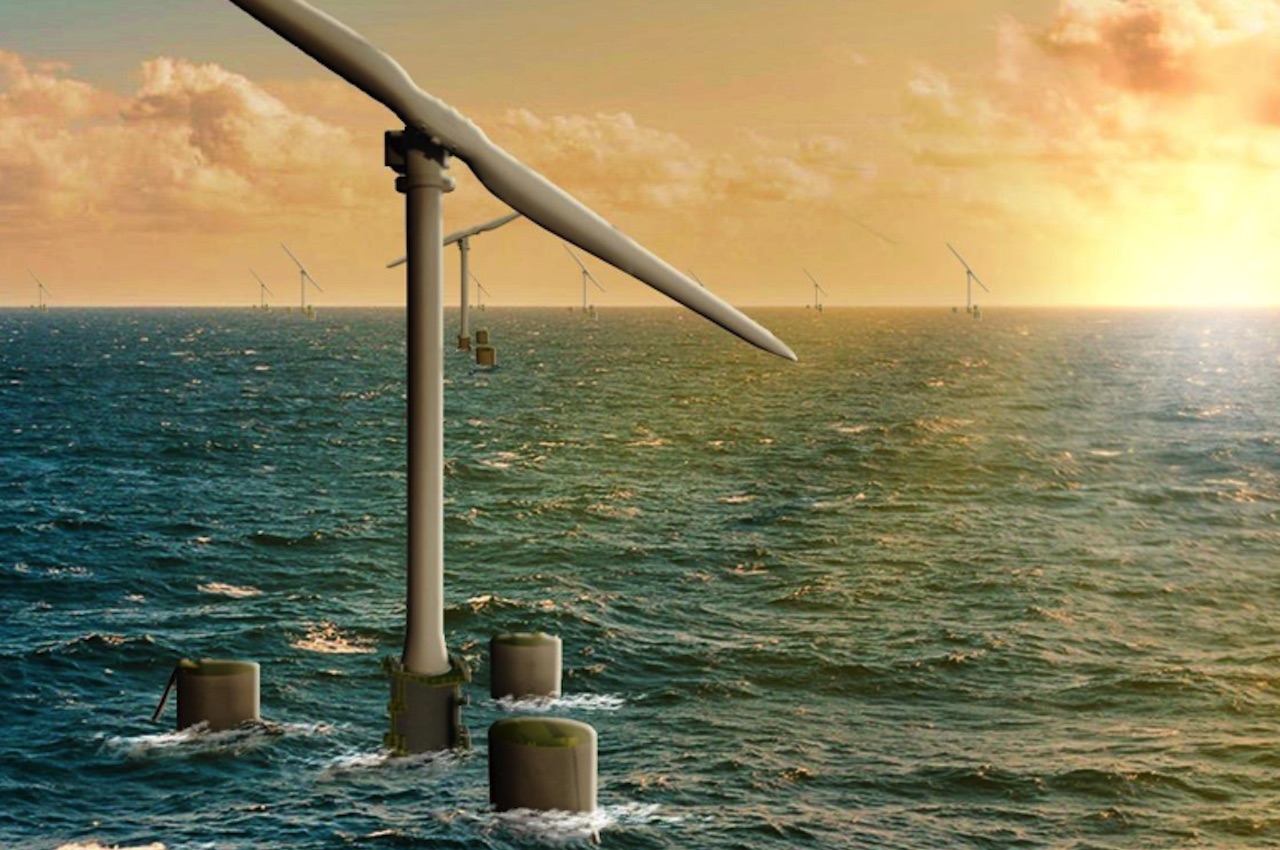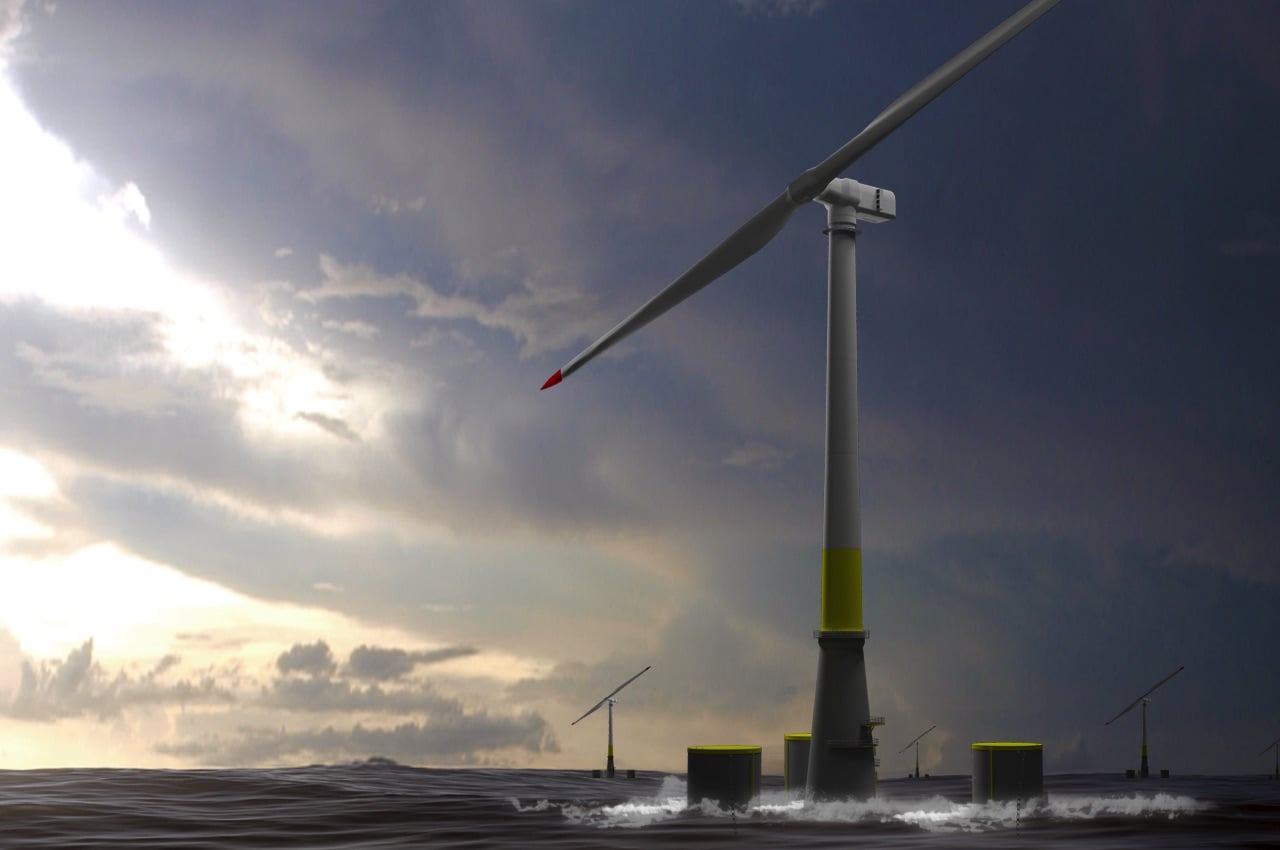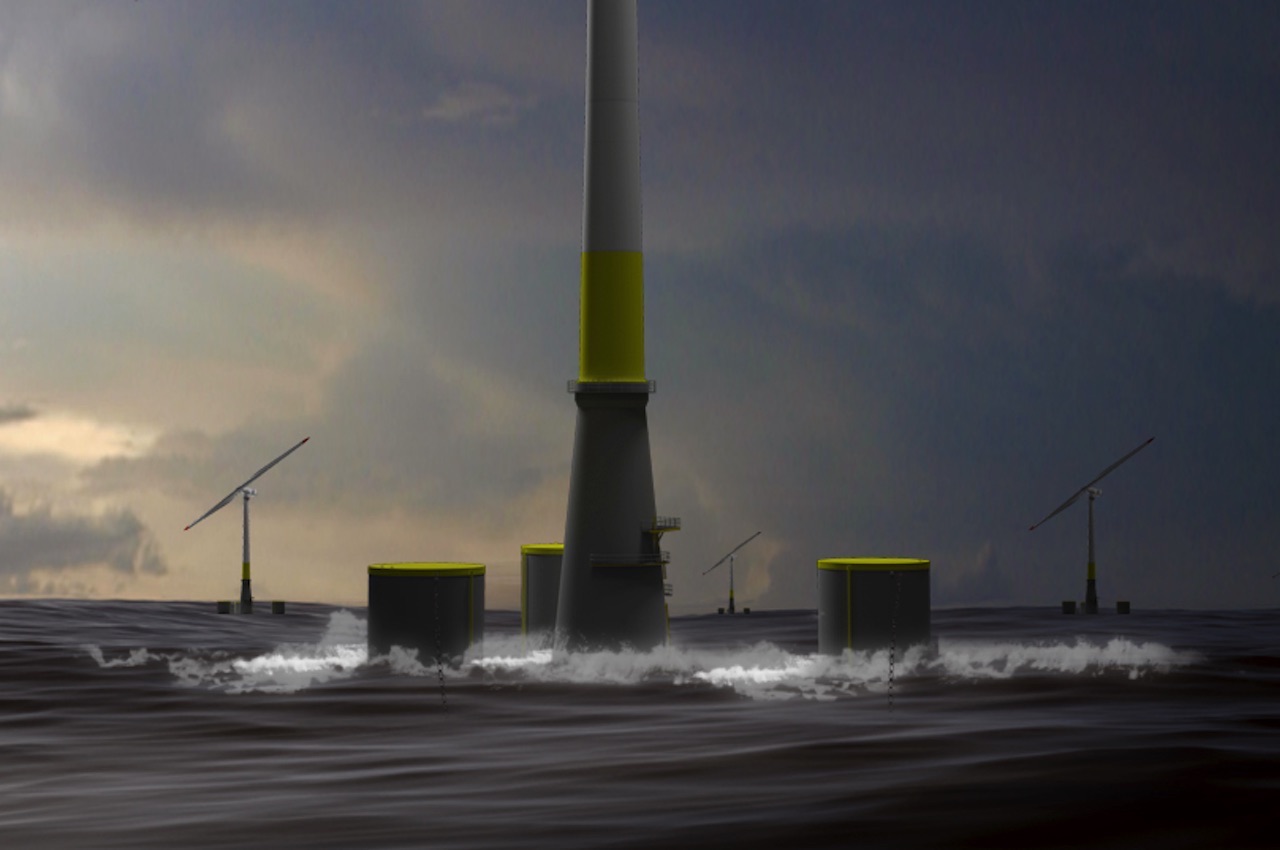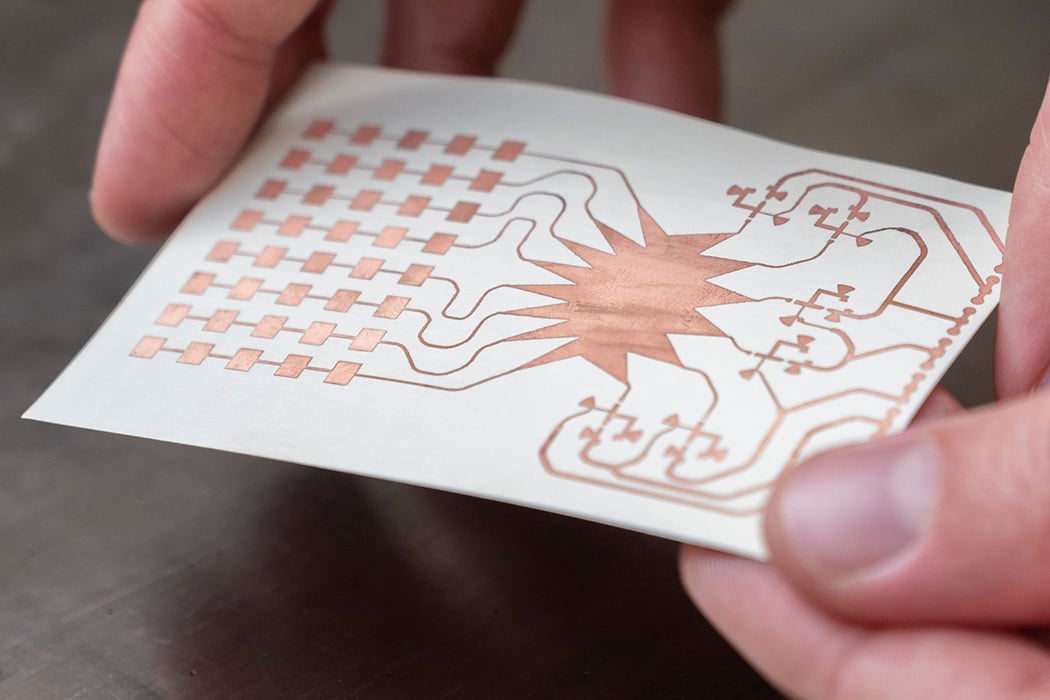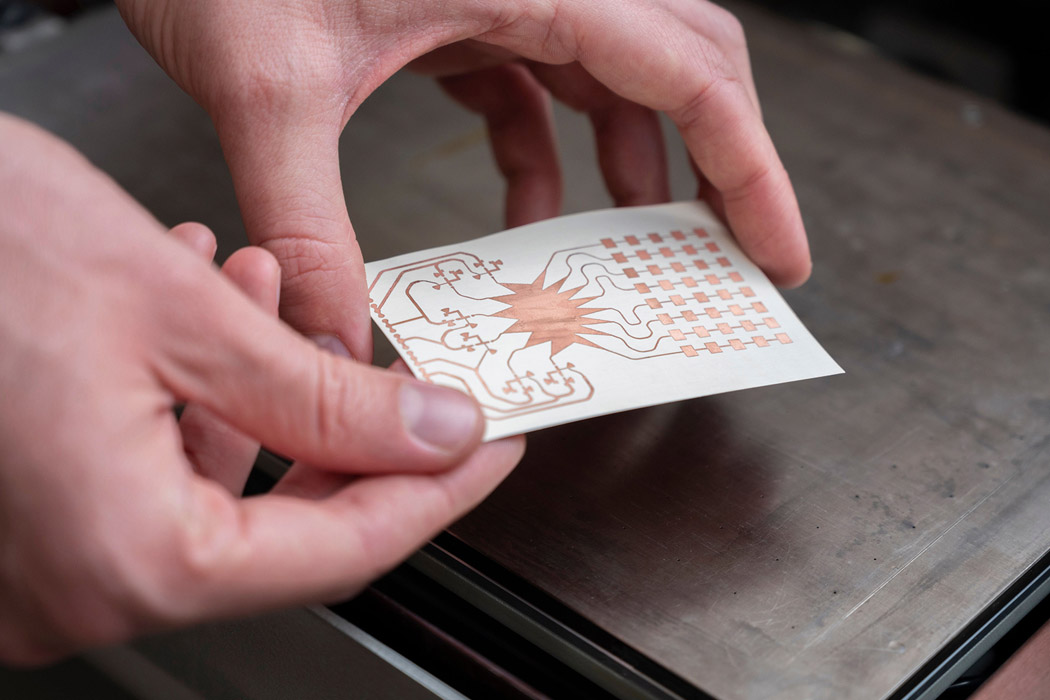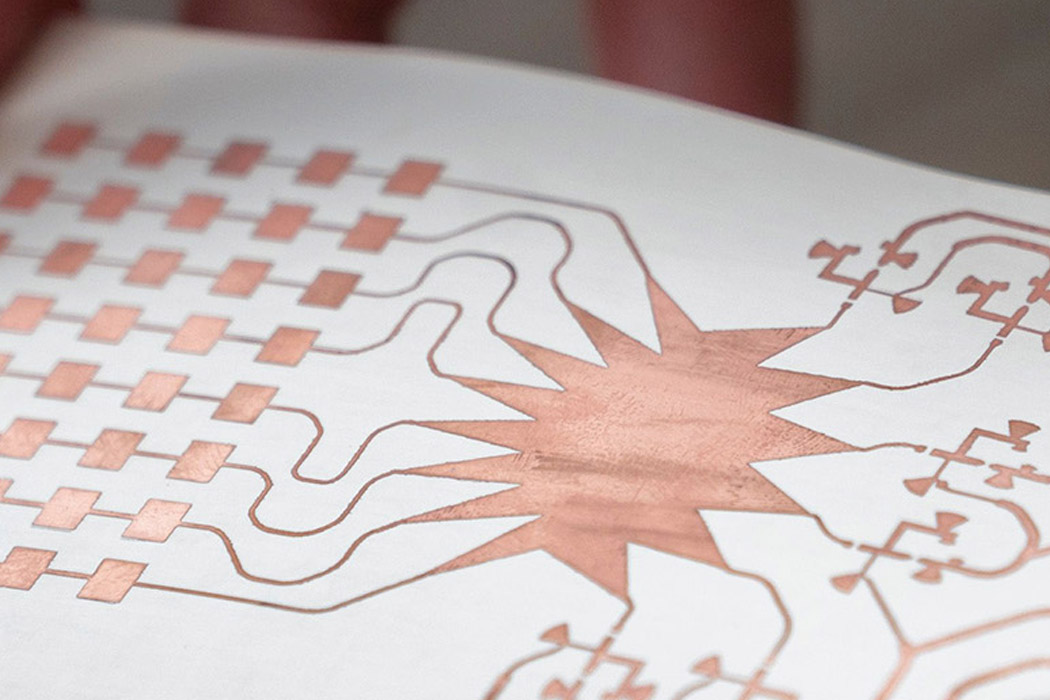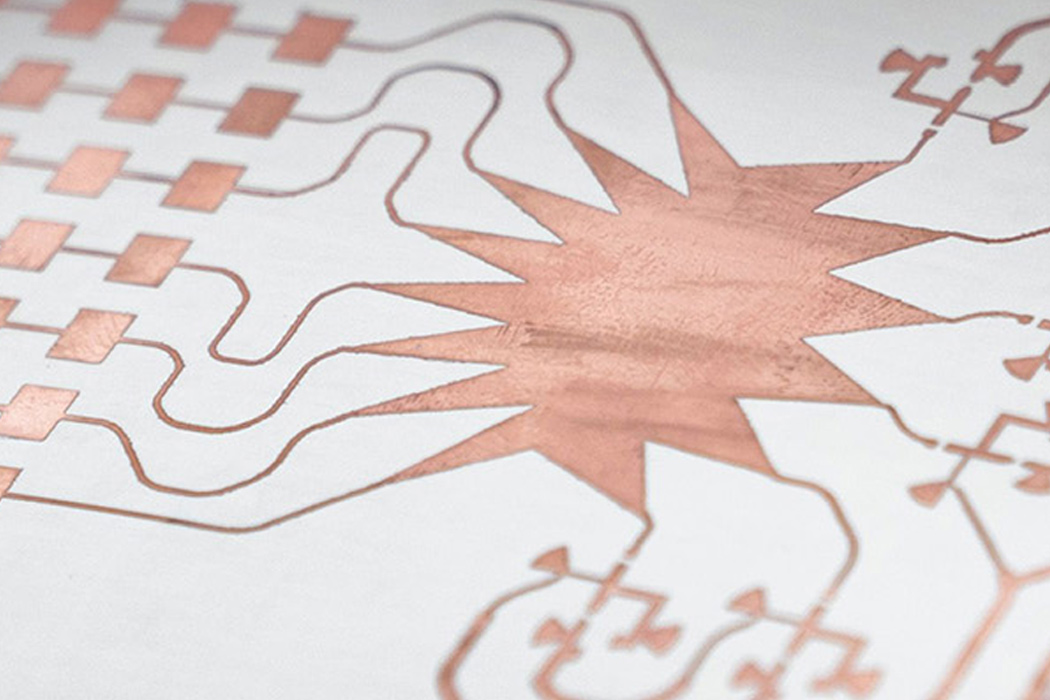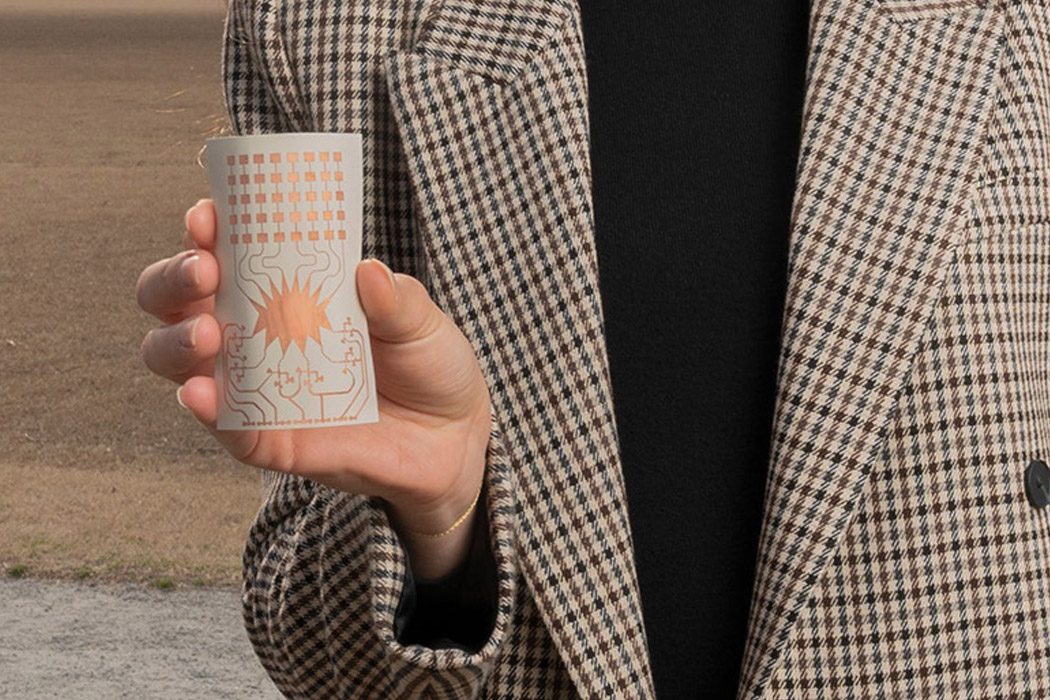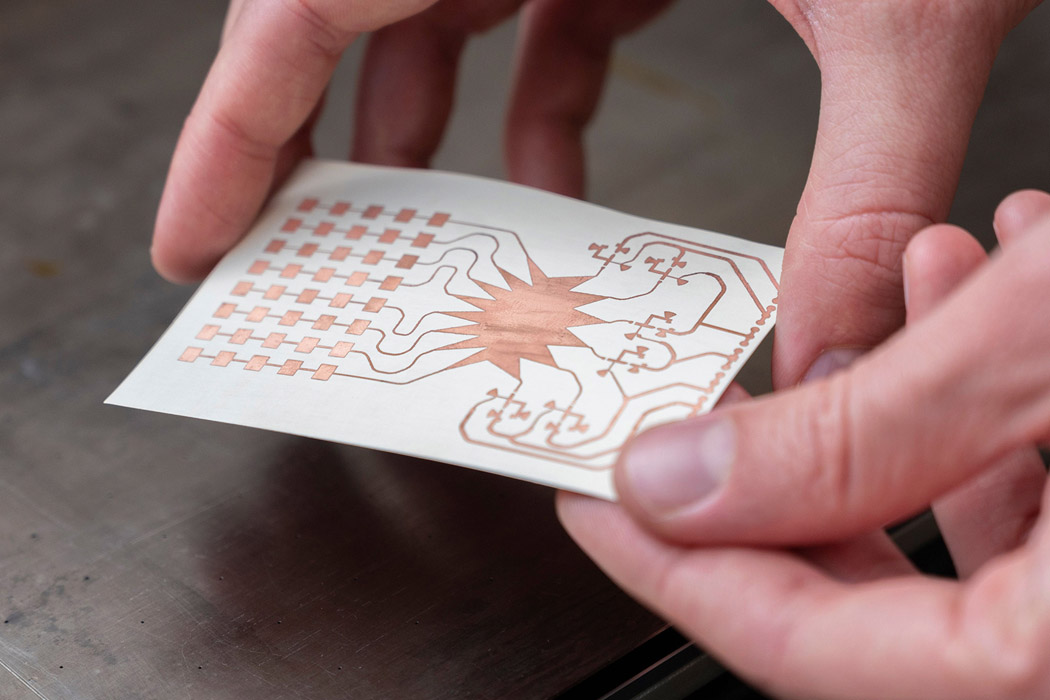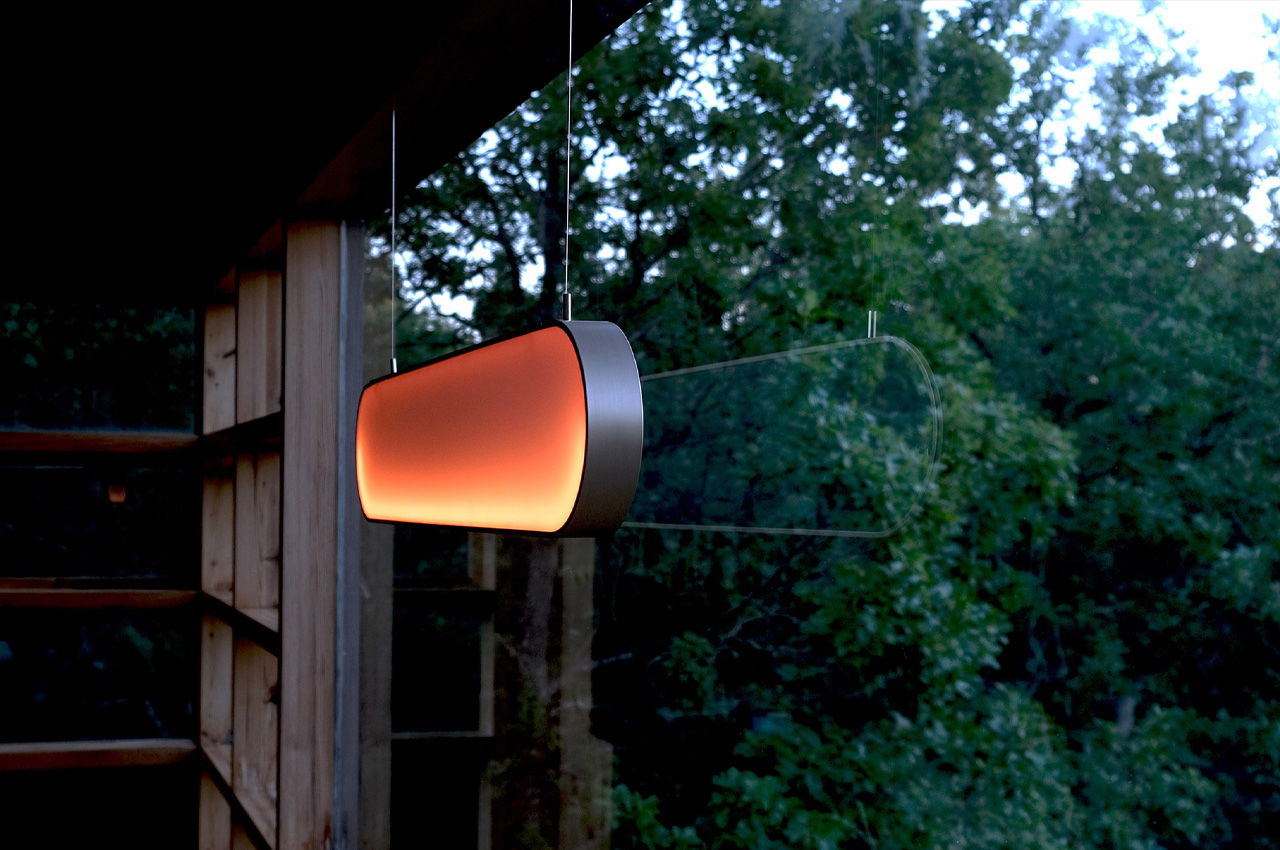
One resolution that we should all be striving towards collectively by now – is to start living more consciously and in an eco-friendly manner, which includes paying attention to, and giving consideration to our energy sources. Curbing fossil fuel consumption has now become a priority, and we have a more positive energy source in mind as an alternative – the Sun! Solar energy has pretty much won over the world, and we see it being utilized in all aspects of design, whether it’s solar-powered kitchen appliances, homes, or even hotels. And, we’ve put together a collection of ingenious solar-powered products that will make a MAJOR difference in your everyday life. From a versatile solar-powered light that charges your phone and folds flat when you travel to Garmin’s new solar watches – these solar-powered designs are bound to make some eco-friendly waves this year.
1. Sunne Light
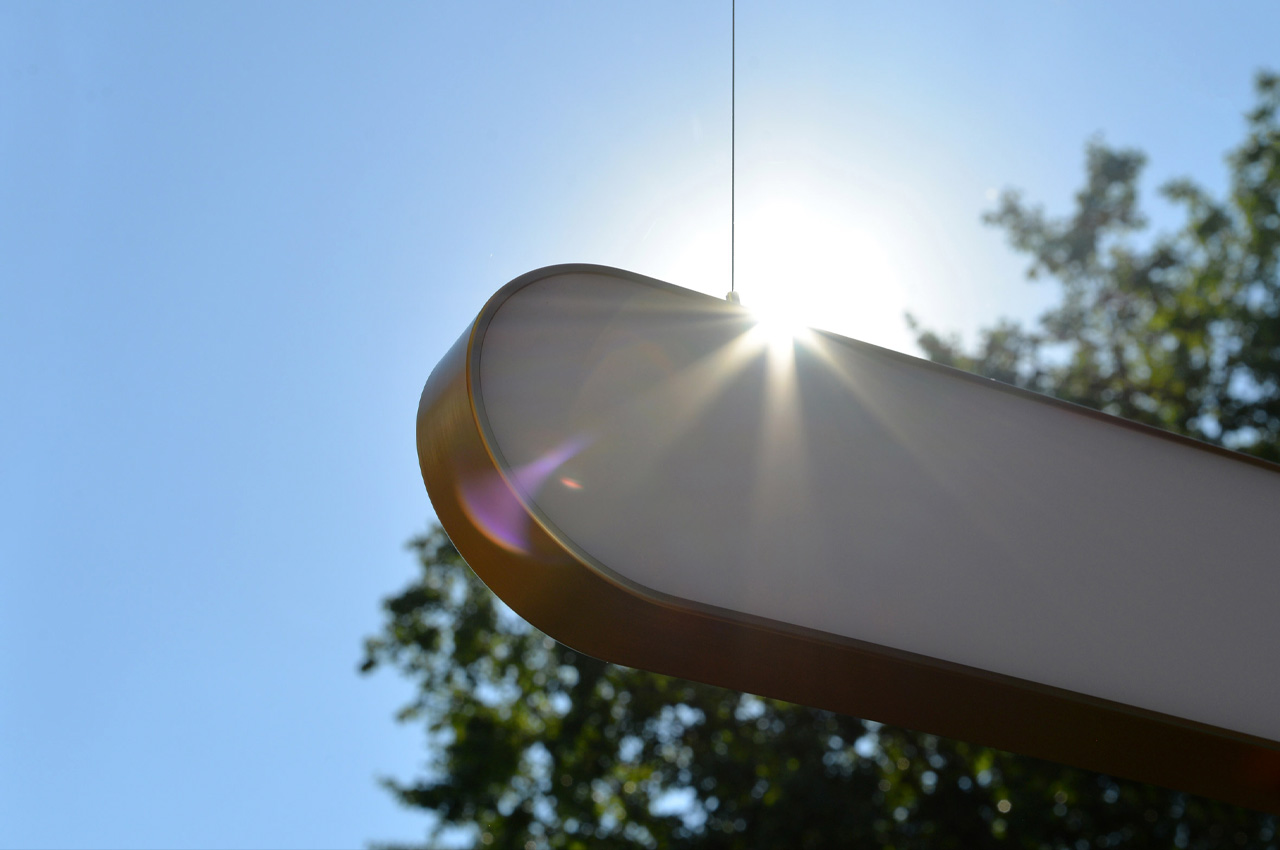
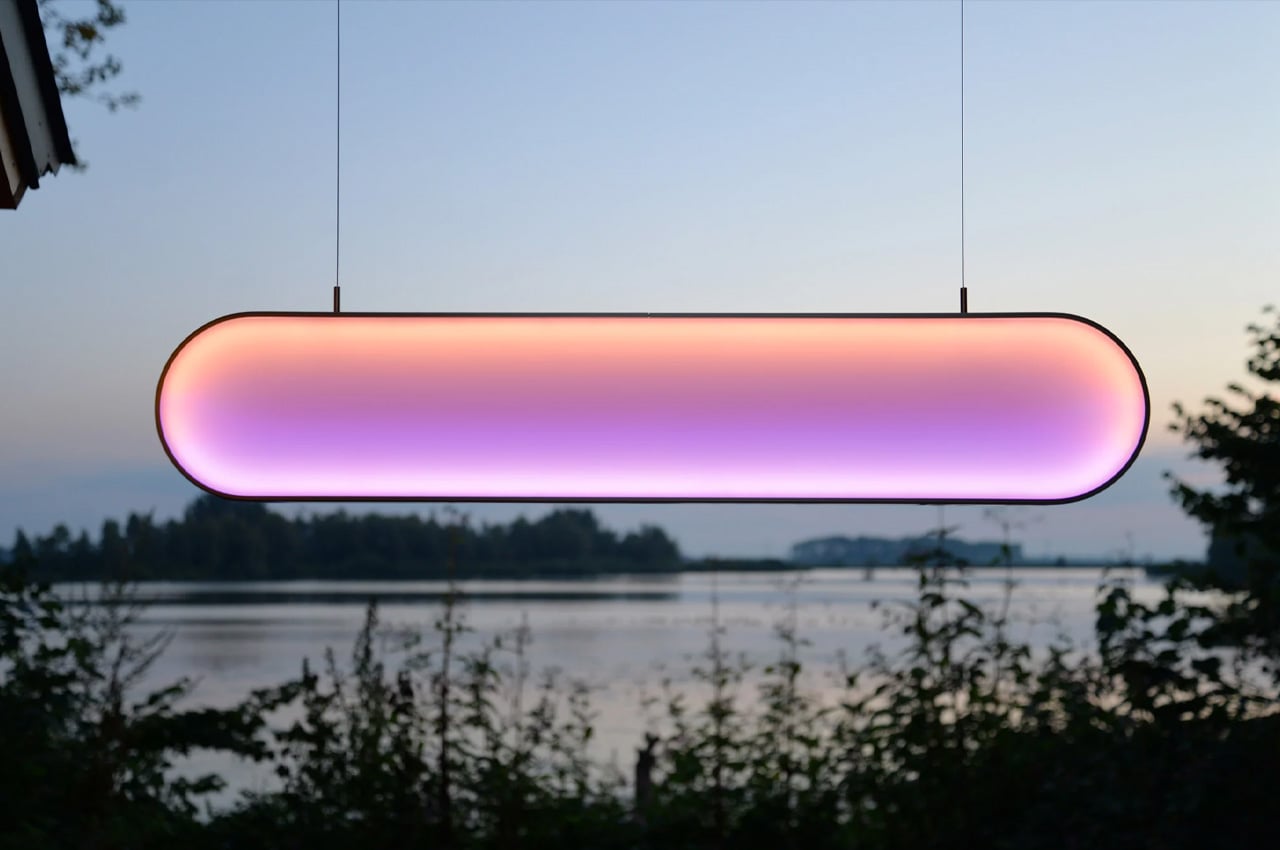
Marjan van Aubel and Dutch lighting brand Sunne teamed up to create a self-powered solar light that energy by day to light up your home at night. This is their first product and it is called the Sunne light. It is a sunlight-mimicking lamp that gathers solar energy and is exclusively powered by it. It aims to bring the power of the sun into your home!
Why is it noteworthy?
The Sunne light has been equipped with photovoltaic cells and is meant to be hung before a window. The suspended lighting fixture collects solar energy through the entirety of the day, and at night it utilizes this energy to illuminate your home. It features an integrated battery that stores the solar energy it collects, eliminating any reliance on an external or additional power source.
What we like
- Inspired by the horizon
- The lamp remains suspended in the air
What we dislike
- Hefty price tag
2. The MEGAPUFF
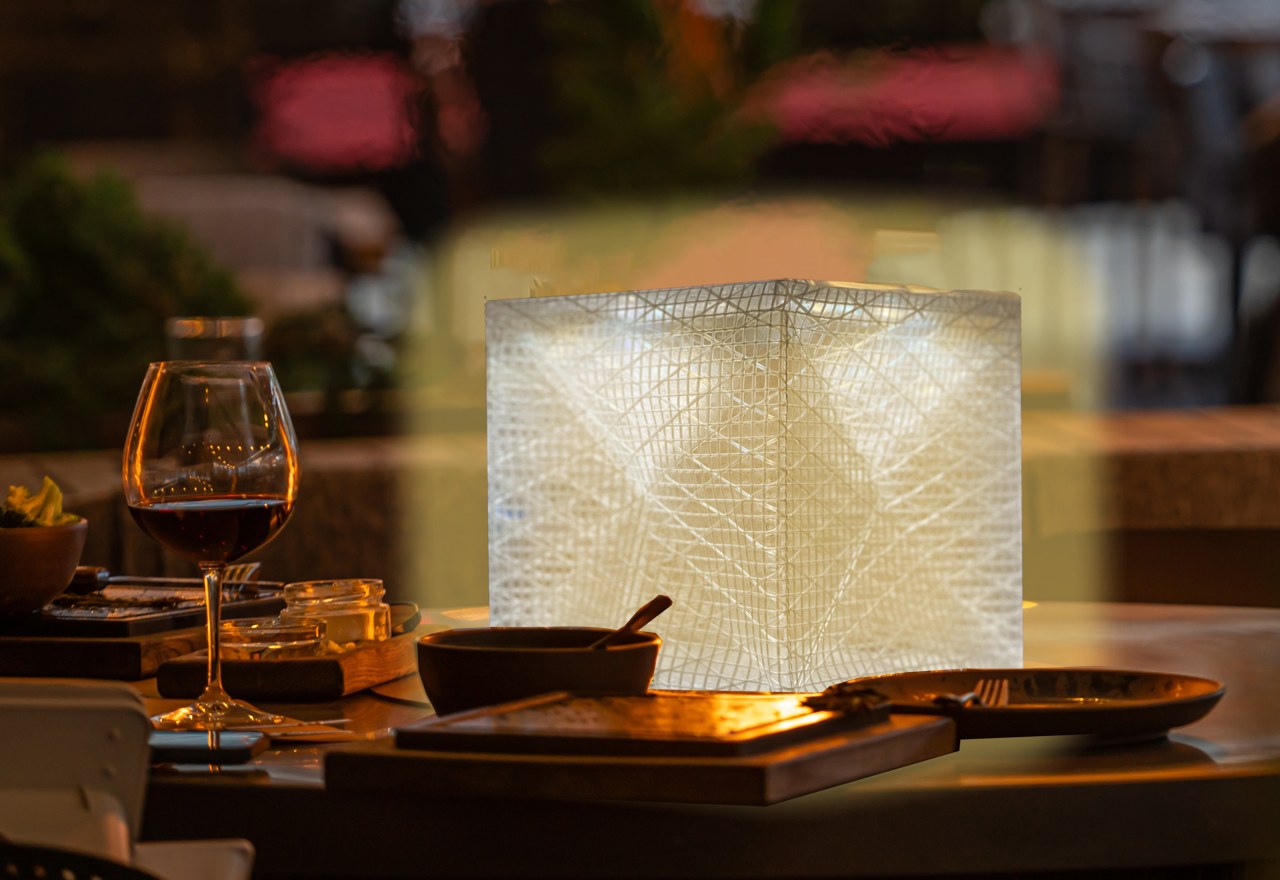
The MEGAPUFF is the Solarpuff’s bigger sibling and is designed especially for camping enthusiasts, travelers, trekkers, or anyone living in an area prone to power outrages. The MEGAPUFF is larger in size, and teams up with a larger battery that doubles up as a power bank, illuminating your surroundings pretty well and keeping your gadgets charged at all times.
Why is it noteworthy?
Since it has a larger design, the MEGAPUFF provides a brighter light, capping at 3oo lumens (more than thrice as bright as the Solarpuff). It features adjustable brightness as well as color temperature, letting you choose between 7 different light settings, varying from a cool white light to a warm yellow light, a deep red light (for repelling mosquitos), or a blinking red light for emergencies.
What we like
- Powered by a solar panel, making it an eco-friendly design
- Once fully juiced, it can charge your phone from 2%-82% in under an hour
What we dislike
- Requires 8-10 hours of direct light to charge
3. Garmin Instinct 2X Solar models
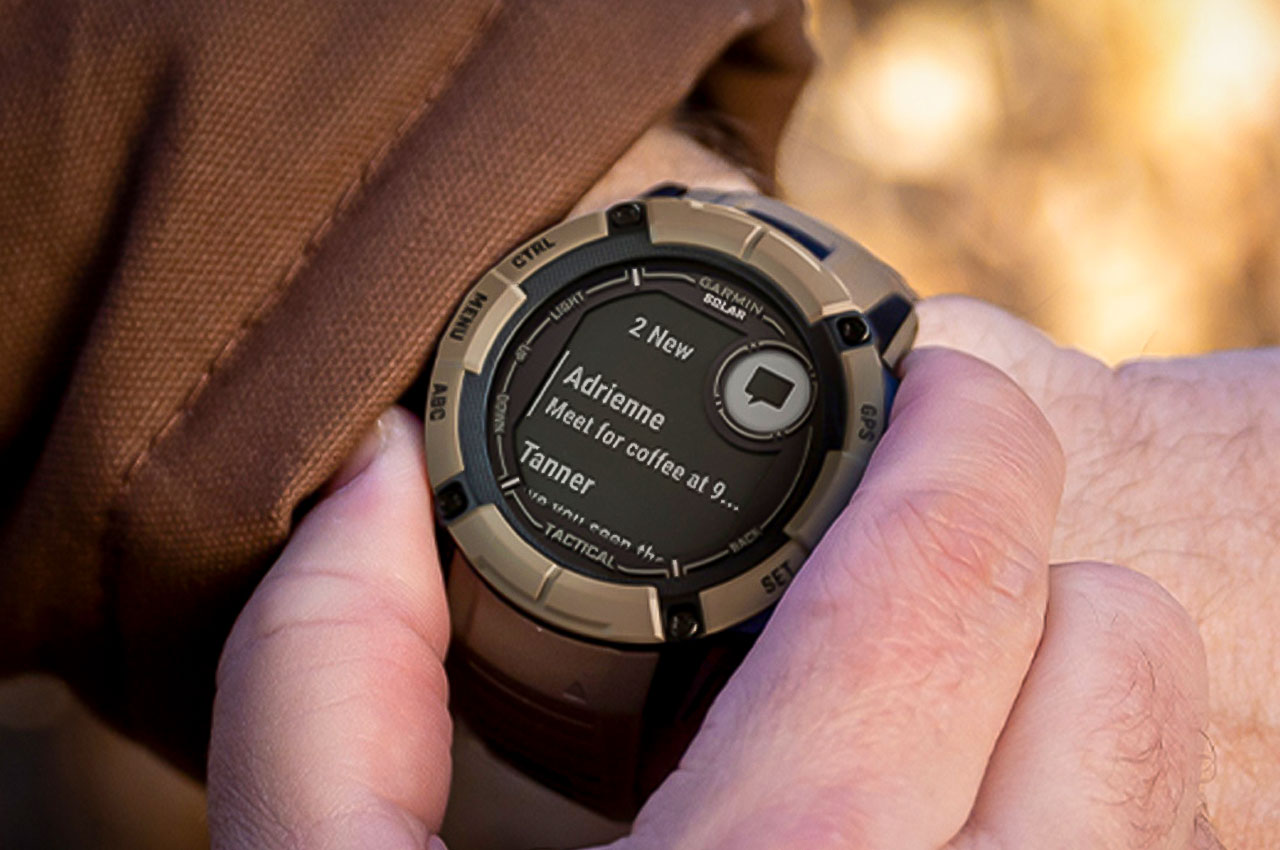
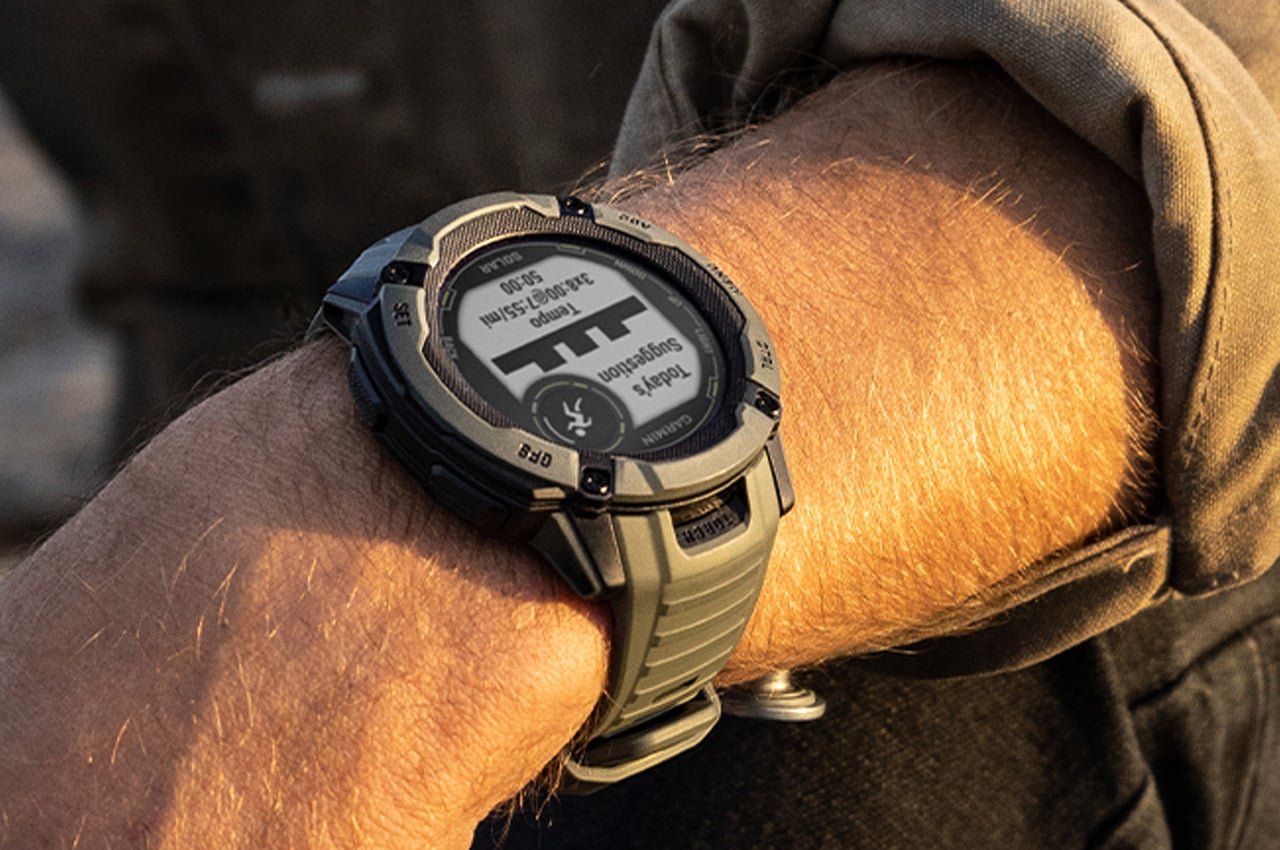
Garmin released the Garmin Instinct 2X Solar and a Tactical Edition of the Instinct 2X Solar. The Instinct 2X Solar was created for outdoor enthusiasts who love spending time in the great outdoors, while the Tactical Edition was designed for their military and law-enforcement clients who require extra charging capability.
Why is it noteworthy?
The new edition Instinct 2X Solar comes in a relatively large, 50mm polymer case which is designed with military-grade shock, water, and thermal resistance. Designed for military ops, the Instinct 2X Solar Tactical Edition does a little more: It features night vision compatibility and has Garmin’s Jumpmaster mode for calculating high-altitude points during skydiving or parachute jumps.
What we like
The Instinct 2X Solar models are added with a new feature for tracking the wearer’s performance during obstacle course events
What we dislike
- The watch strap comes with only one option
4. The Invisible Solar


The Invisible Solar are panels that look like these clay tiles but actually have cells underneath them that will be able to generate solar energy and power the building they are placed on.
Why is it noteworthy?
The common monocrystalline silicon cells are made from non-toxic materials and are the “invisible” part of the solar panels. Each panel is able to reach a 7.5-watt peak (peak energy capacity) and weighs around 2 kilograms each.
What we like
- The ceramic tiles look opaque but are still able to absorb the sun rays that will power the cells
- They are even self-cleaning as it has photocatalytic properties
What we dislike
- Aesthetics are unassuming
5. SAMMANLÄNKAD
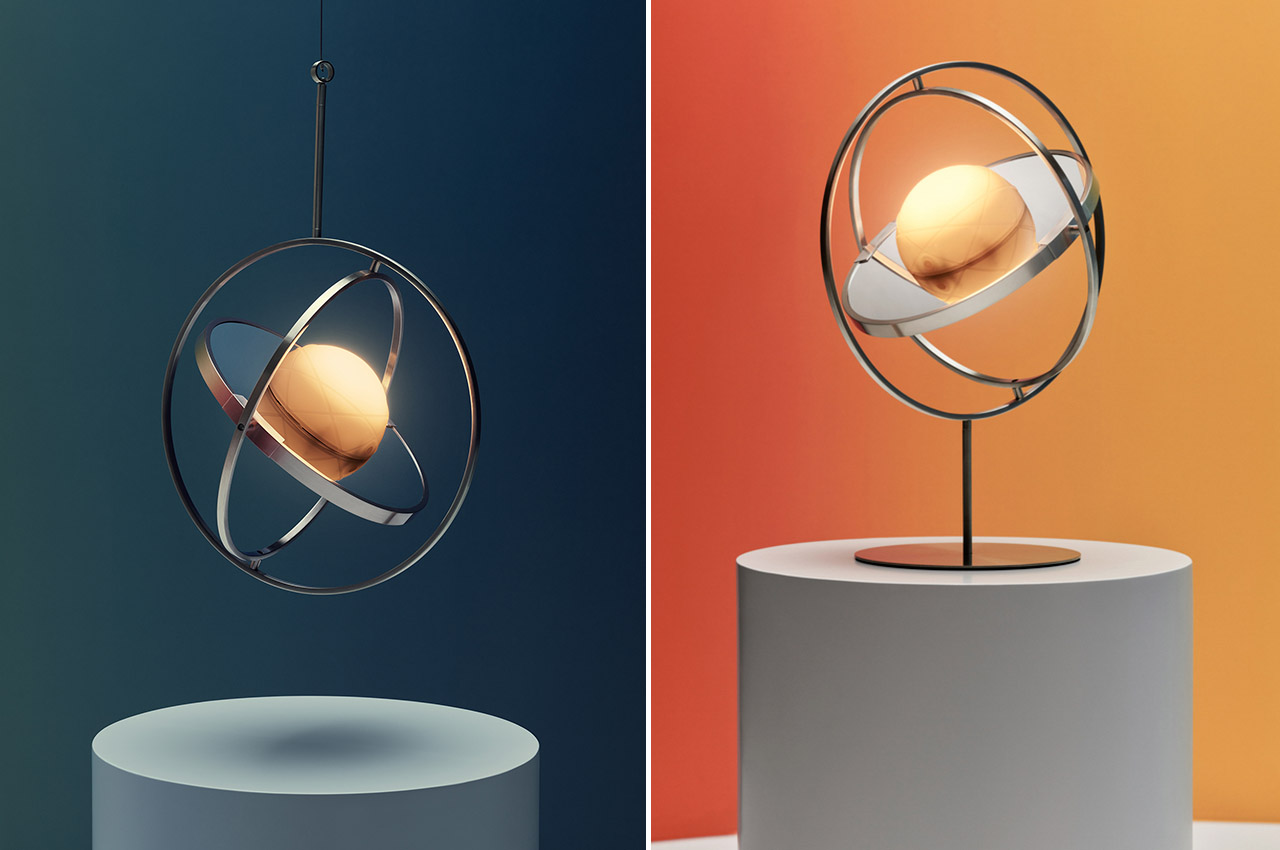
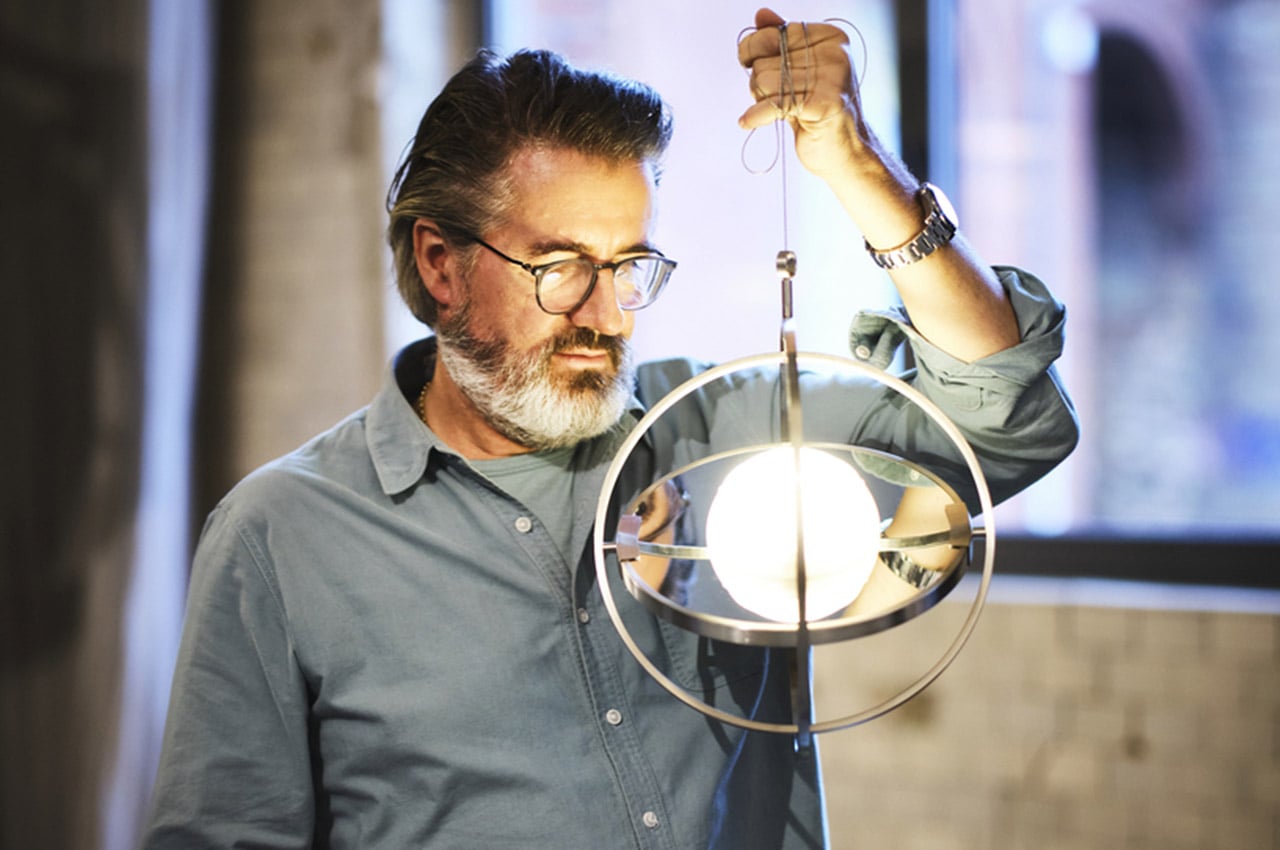
IKEA and Little Sun teamed up to create SAMMANLÄNKAD. It is a collection of solar-powered lighting accessories that includes an aesthetically designed table lamp and a cute portable light bringing the spotlight to an “alternative source of energy to power everyday objects,” according to IKEA.
Why is it noteworthy?
The solar-powered table lamp piqued our interest due to its cohesion with the movement of planet Earth at an angle and path around the sun. Thus, the half-sphere-shaped light is encapsulated by a reflective metal plate and the Earth’s planetary motion is closely mimicked by the two metallic rings.
What we like
- The lighting accessory doubles as a pendant lamp thanks to the adjustable metal frame
- The light source can be removed from the housing for use as a torch if need be
What we dislike
- The products look difficult to clean + maintain
The post Top 5 solar-powered designs to incorporate into your daily life first appeared on Yanko Design.
